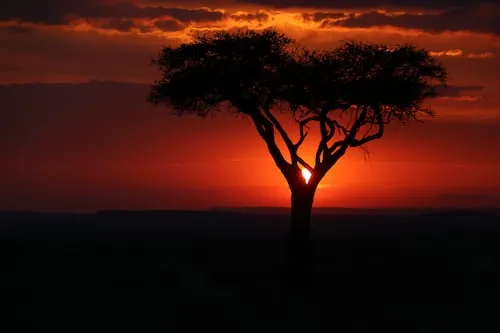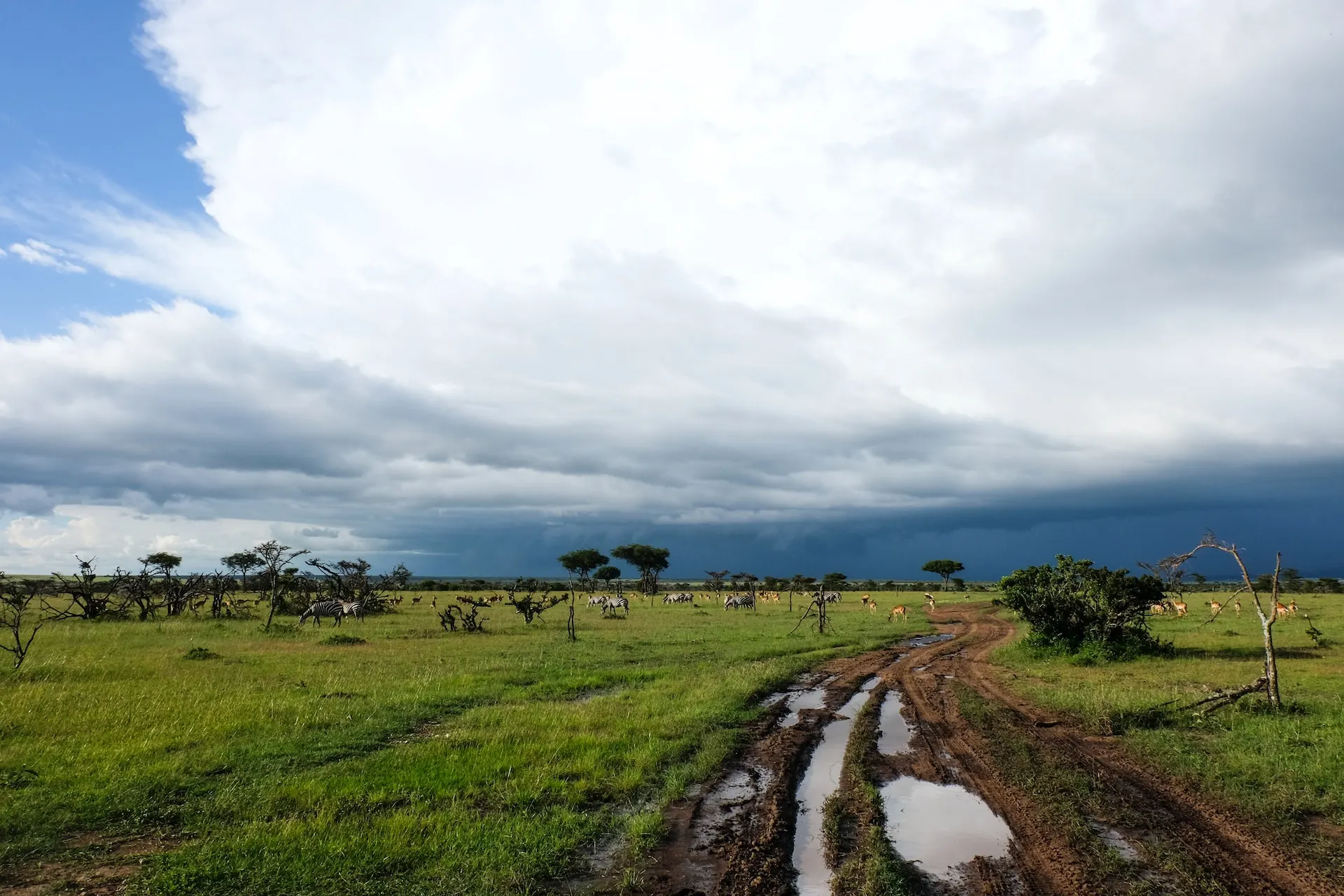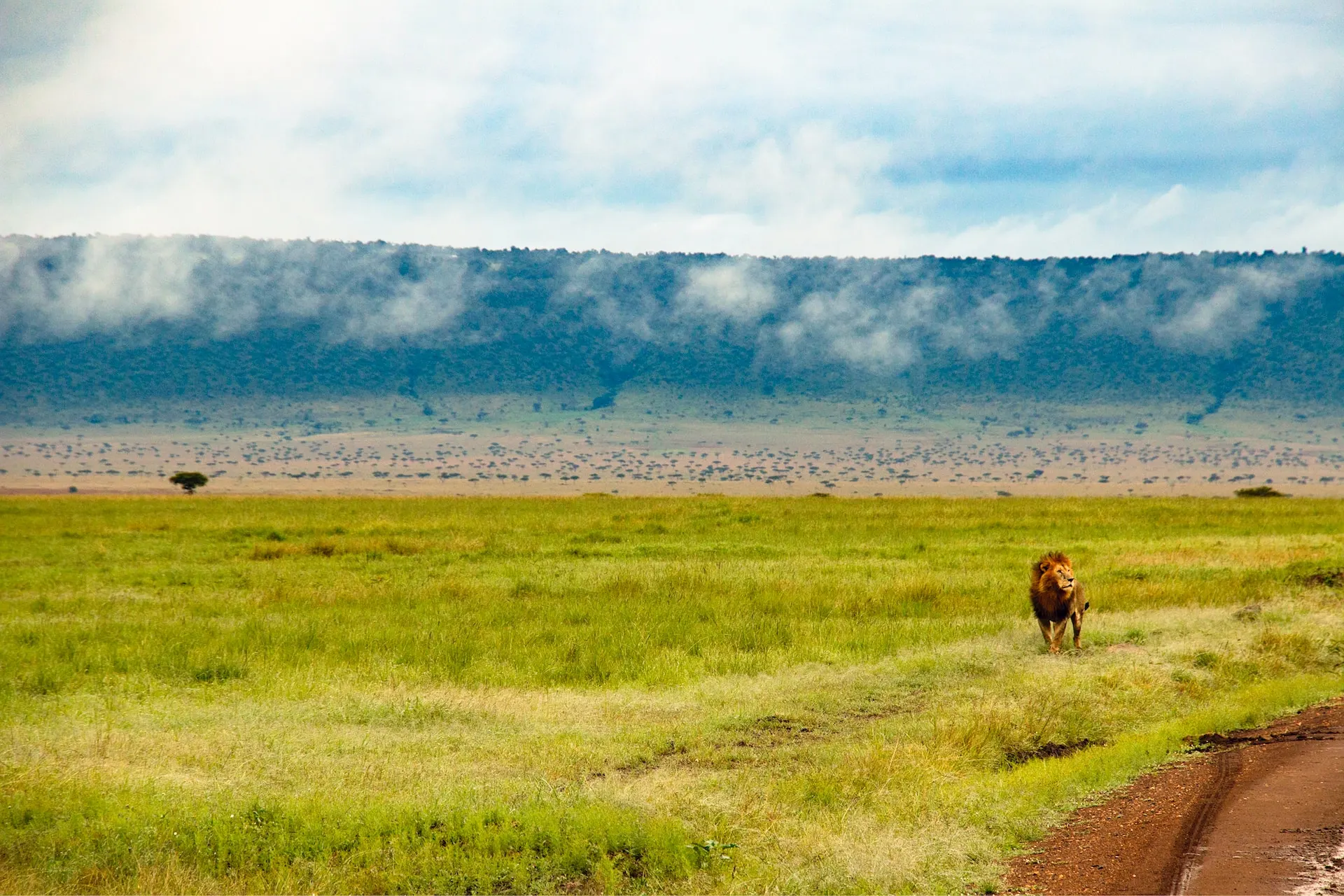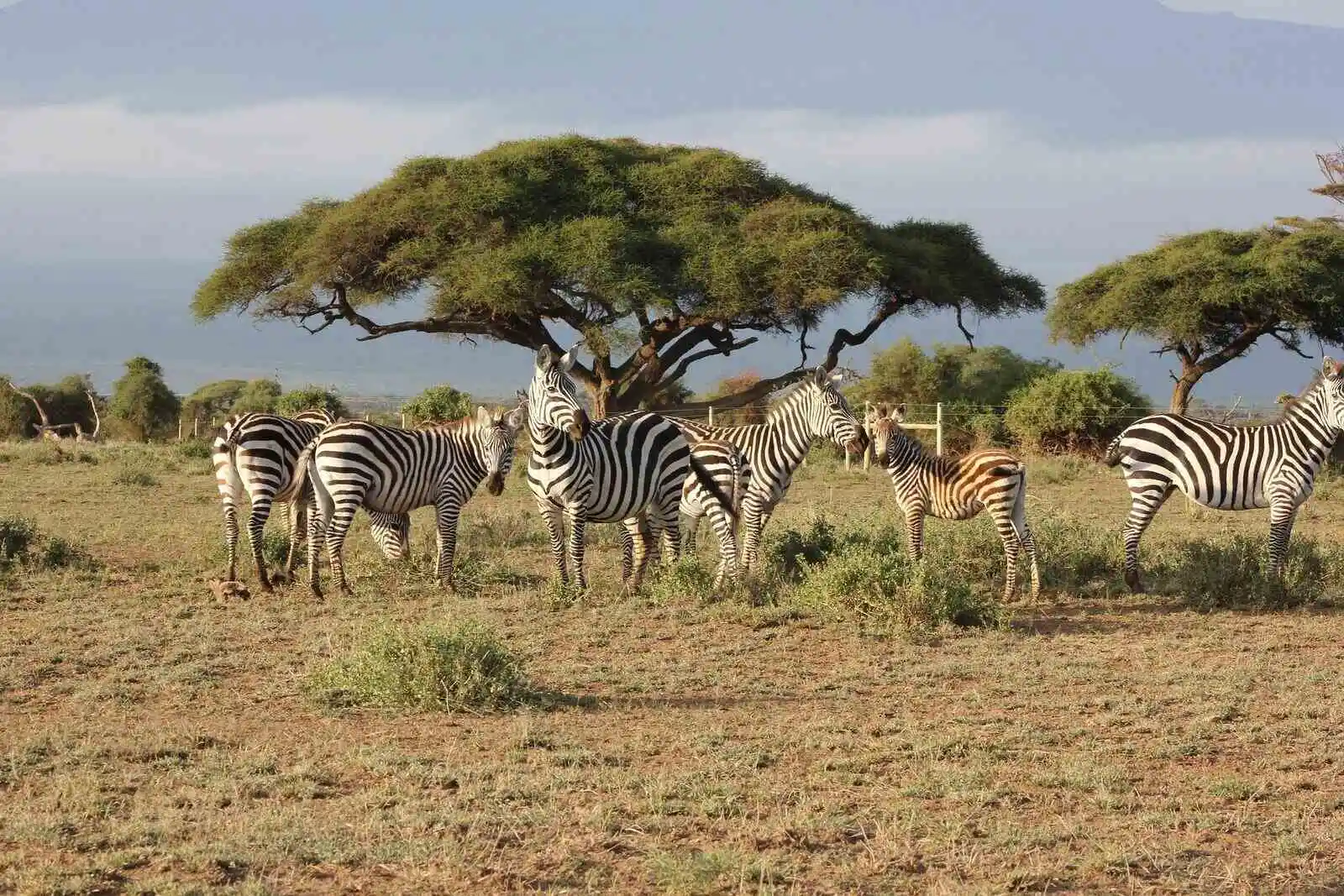Masai Mara National Park
About Masai Mara
Maasai Mara National Park, located in Kenya near the Tanzanian border, is named after the Maasai people and the Mara River that flows through it. This river is the lifeblood of the park and adds to its natural beauty.
The park was originally called the Mara Triangle and is known worldwide for its impressive wildlife and conservation efforts. It is home to wide savannahs with acacia trees and hosts an abundance of wildlife. One of its most famous events is the Great Migration, where millions of wildebeests, zebras, and other animals cross the Mara River in search of better grazing areas.
Thanks to its crucial role in preserving Kenya’s natural heritage and its successful conservation work, it earned the status of Maasai Mara National Park, gaining recognition and admiration worldwide.
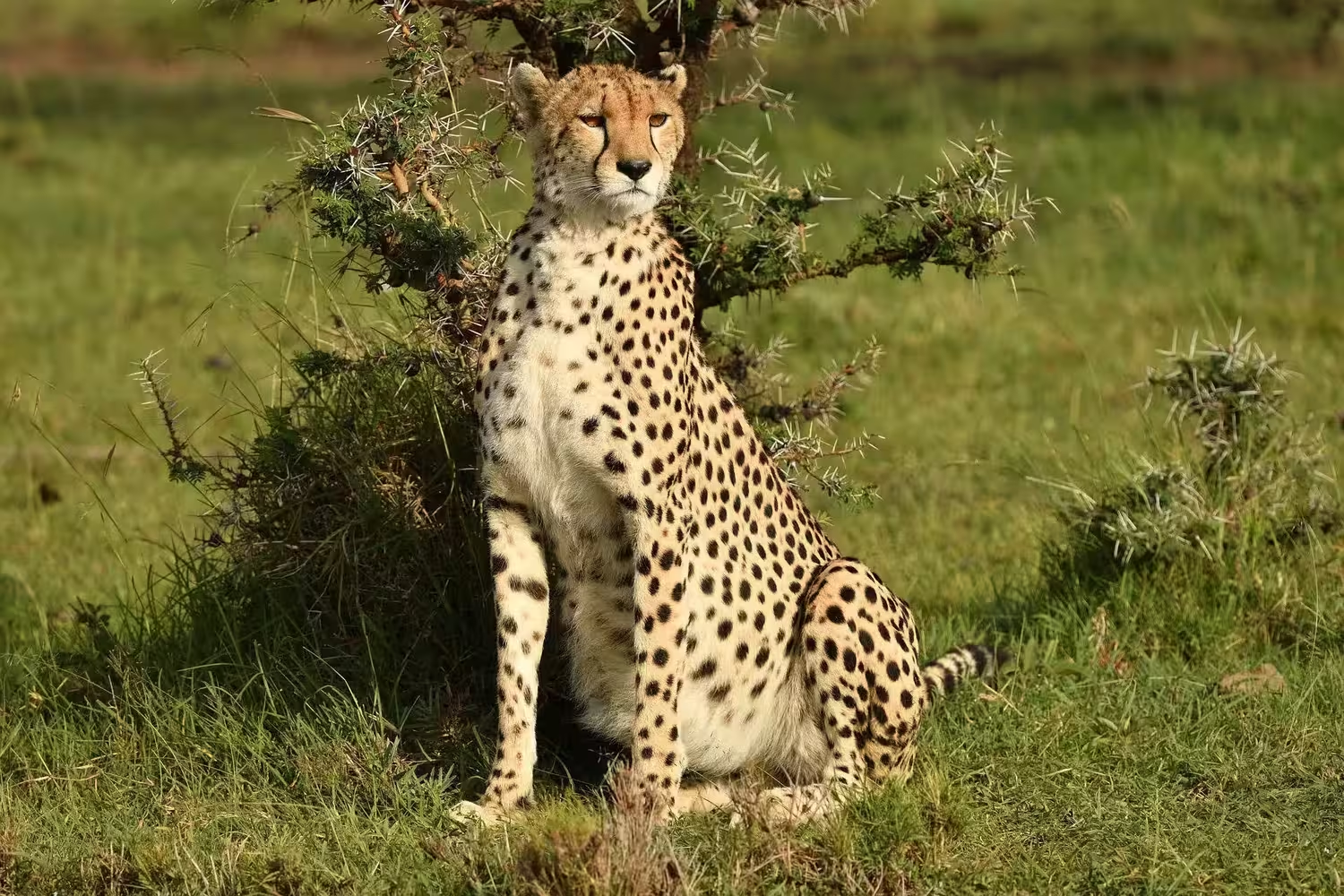
Maasai Mara National Park is a remarkable place, shared by both Kenya and Tanzania. It is special because you can enter the park from both countries since it is located right on their border. The Mara is also home to legendary lions like Scarface, one of the most iconic males ever documented in the region.
Masai Mara Safaris

10 Days
Big Five of Kenya Package
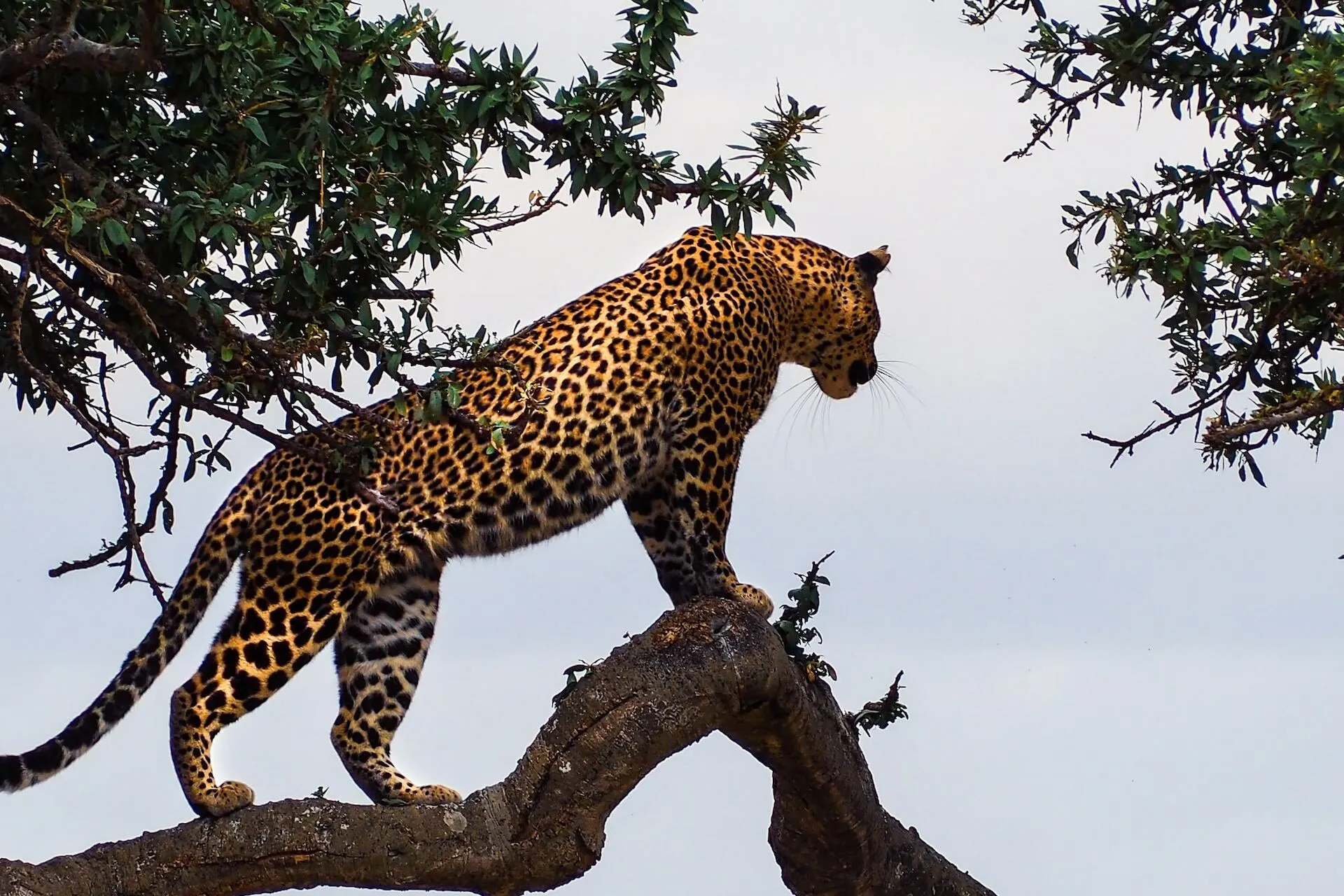
7 Days
Masai Mara & Serengeti Safari
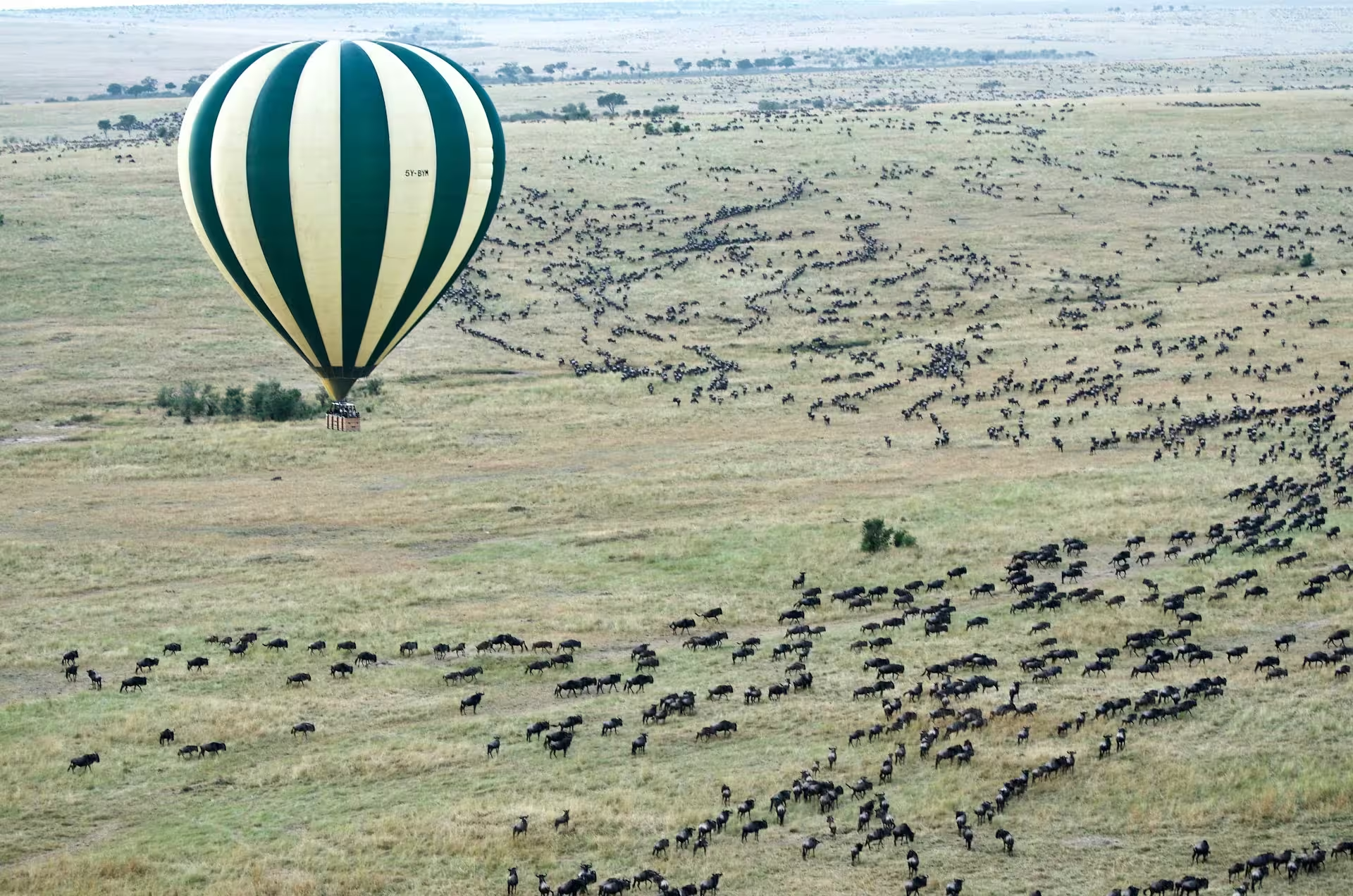
3 Days
Masai Mara Short Trip
Wildlife in Masai Mara
When you think of African wildlife, you might picture herds of wildebeest and zebras roaming the plains. The Masai Mara is famous for these scenes, but there is so much more to discover. On a thrilling safari here, you can often spot most of the ‘Big Five‘ majestic animals like lions, elephants, buffalos, leopards, and rhinoceros.
Beyond these well known creatures, the Mara is also home to unique animals. From elegant giraffes to elusive leopards, this place offers a peek into the lives of some of Africa’s most fascinating animals.
The sky above the Mara is just as impressive. Eagles and vultures glide through the air, and colorful birds like lilac-breasted rollers and superb starlings brighten the landscape. Birdwatchers will be in paradise here.
In the Masai Mara, you’ll have an incredible wildlife experience. It is not just about the ‘Big Five.’ Get ready to meet some extraordinary animals and a wide variety of beautiful birds that call this place home.
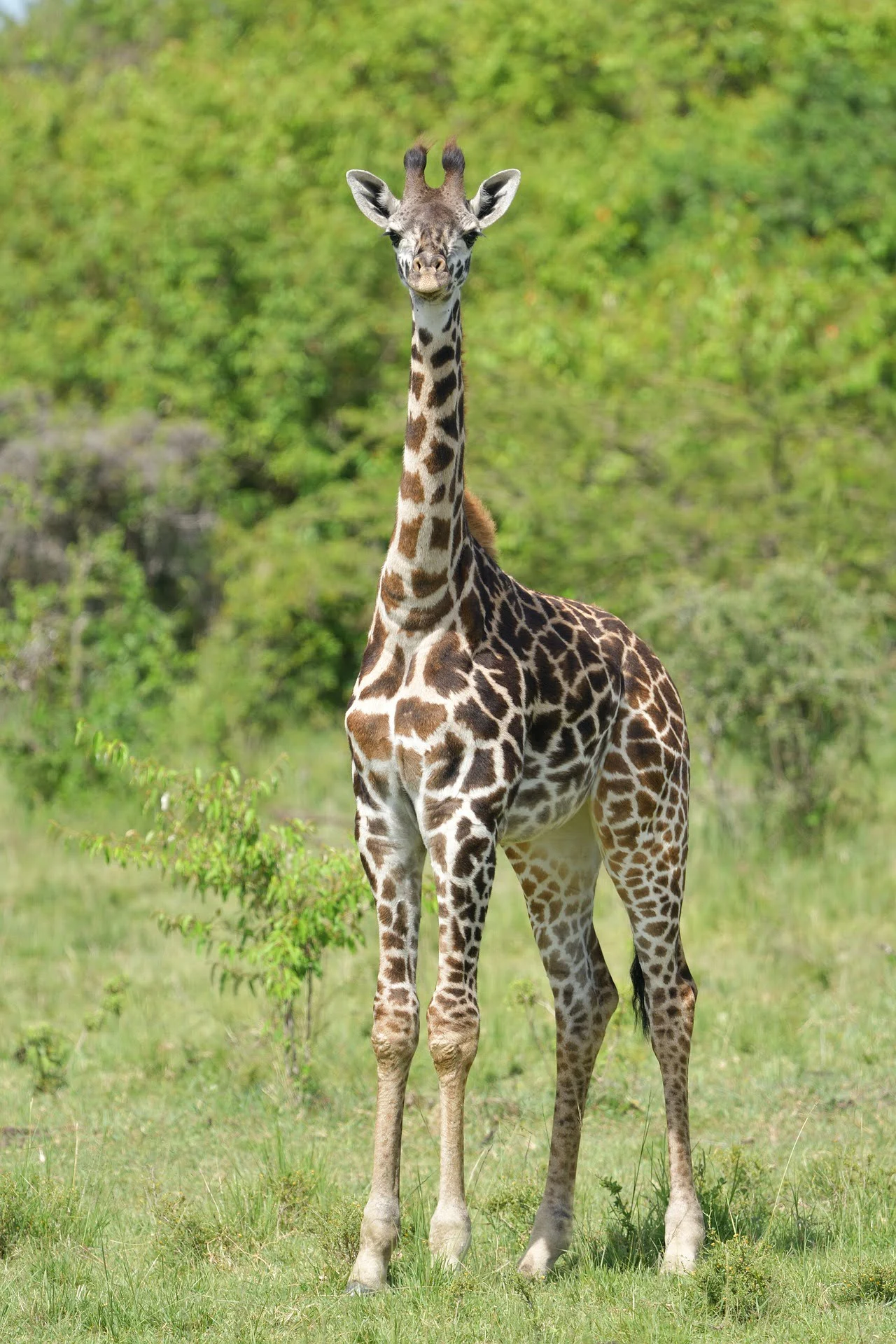
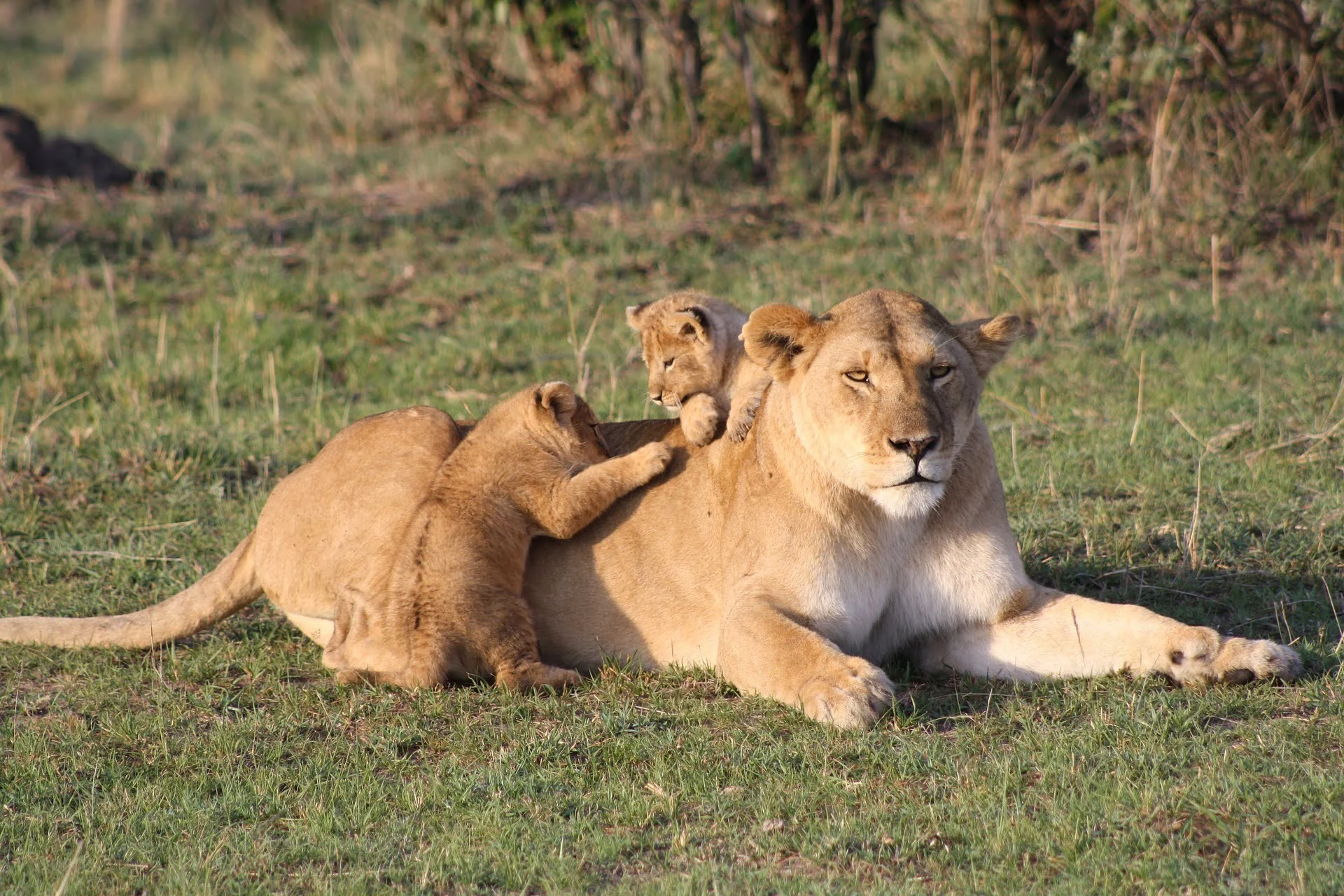
Mammals
- African Bush Elephant
- Lion
- Leopard
- Black Rhinoceros
- African Buffalo
- Maasai Giraffe
- Hippopotamus
- Cheetah
- Zebra
- Wildebeest

Birds
- Maasai Ostrich
- African Fish Eagle
- African Crested Eagle
- Marabou Stork
- Kori Bustard
- Secretarybird
- Lilac-breasted Roller
- Southern Ground Hornbill
- Red-billed Oxpecker
- Yellow-billed Stork
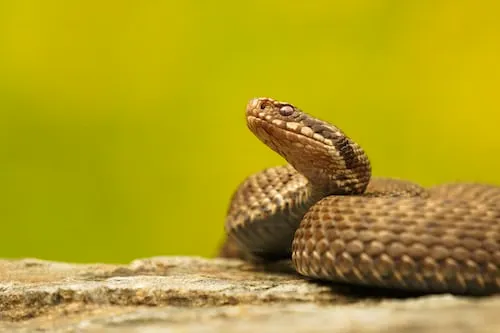
Reptiles
- Nile Crocodile
- Savannah Monitor
- African Rock Python
- Green Mamba
- Puff Adder
- Gaboon Viper
- Rock Agama
- Jackson’s Chameleon
- African Bullfrog
- Nile Softshell Turtle
Best Time to Visit Masai Mara
The best time to visit Masai Mara is from June to October, during the dry season. The weather is nice, and animals gather near water, so you can see them easily with less tall grass.
The Great Migration, one of nature’s grand spectacles, occurs in Masai Mara from July to October. For witnessing the Great Migration at its peak, plan your visit in August or September when the wildebeests cross the Mara River, an exhilarating event.
Keep in mind that while Masai Mara can be visited year-round, the rainy season (November to May) can lead to muddy roads and some lodge closures. Regardless of when you visit, you’re guaranteed an unforgettable experience in this unique and special place, perfect for wildlife enthusiasts.
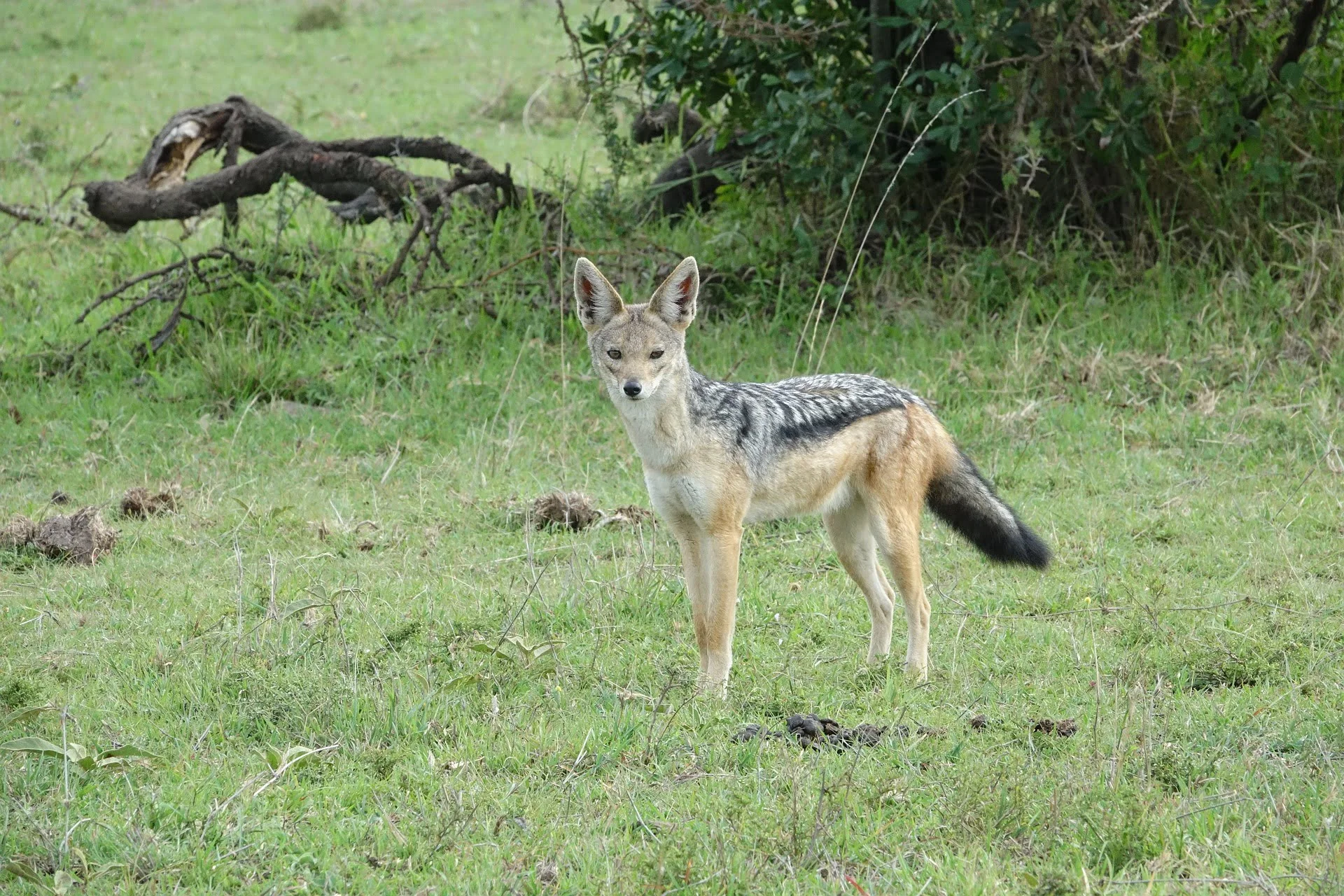
Ideal Times for Wildlife Watching in Maasai Mara
June and July
These months are good for spotting wildlife in Maasai Mara, but the grass and vegetation might still be quite thick from the rainy season and this vegetation make it a bit harder to see animals clearly.
August and September
These are the best times to see the Great Migration. At this time tons of wildebeests and zebras cross the Mara River. However, it is very crowded and more expensive during this period, so keep that in mind.
October
If you want to witness the migration without too many crowds and high costs, October is a great option. The thinner vegetation makes it easier to spot wildlife, and you can still enjoy the spectacle of the migration.
Masai Mara Climate
The climate in the Masai Mara might not be what you’d typically expect for an African region. This is because it’s at a higher altitude (between 1500 to 1900 meters), which makes it cooler and wetter. During the day, it’s pleasantly warm, but the nights can get quite cool, so don’t forget to bring a sweater for those early morning game drives.
When it comes to rainfall, the Masai Mara gets about 1400 millimeters (55 inches) of rain each year. The wettest times are during the short rainy season in November and December, as well as the long rainy season from March to May. April tends to be the rainiest month and can even lead to flooding. On the flip side, July is the driest month, so you’re less likely to encounter rain during that time.
Masai Mara climate chart
| Month | Jan | Feb | Mar | Apr | May | Jun | Jul | Aug | Sep | Oct | Nov | Dec |
|---|---|---|---|---|---|---|---|---|---|---|---|---|
| Min (°C) | 11 | 12 | 12 | 13 | 13 | 11 | 11 | 11 | 11 | 12 | 12 | 11 |
| Max (°C) | 26 | 26 | 26 | 25 | 24 | 23 | 23 | 23 | 24 | 25 | 25 | 26 |
How to Reach Kenya
Kenya has excellent air connections worldwide, linking it to Europe, North America, Asia, and other African countries with direct flights. The primary gateway to Kenya is the Jomo Kenyatta International Airport (NBO), situated near Nairobi, the capital. Additionally, Kenya boasts other international airports like Moi International Airport (MBA) in Mombasa, Kisumu International Airport (KIS) and Eldoret International Airport (EDL).
You can reach Kenya from various major cities thanks to well known airlines like IndiGo, Emirates, Kenya Airways, KLM Royal Dutch Airlines, Air France, British Airways, Etihad Airways, Qatar Airways and Swiss. These airlines offer flights from many key airports around the world and make your journey to Kenya accessible and worry free.

How to get to Masai Mara
To kickstart your Maasai Mara adventure, most travelers begin with a flight to Jomo Kenyatta International Airport (NBO) in Nairobi. From there, the choice is yours. You can opt for an exciting road trip, where you’ll tackle some bumpy roads along the way, or you might prefer a quick and hassle-free air transfer directly to your safari lodge. We’re here to provide all the information you need to make the best decision for your journey. When planning your trip, consider the season, as wildlife events like the Great Migration are most impressive between July and October.

By Air
The most convenient way to get to the Maasai Mara is by air. There are several airlines that offer daily flights from Nairobi Wilson Airport (WIL) to various airstrips in the Maasai Mara. The flight time is approximately 45 minutes.Once you arrive at your chosen airstrip, you will be transferred to your lodge or campsite by safari vehicle.

By Road
If you are an adventurer at heart and enjoy road trips, you can drive from Nairobi to the Maasai Mara. The journey takes around 5-6 hours and offers the chance to soak in the beauty of the Kenyan countryside. Be prepared for some bumpy roads along the way and the possibility of encountering wildlife.
Couldn’t find What you need? Connect with our team.

